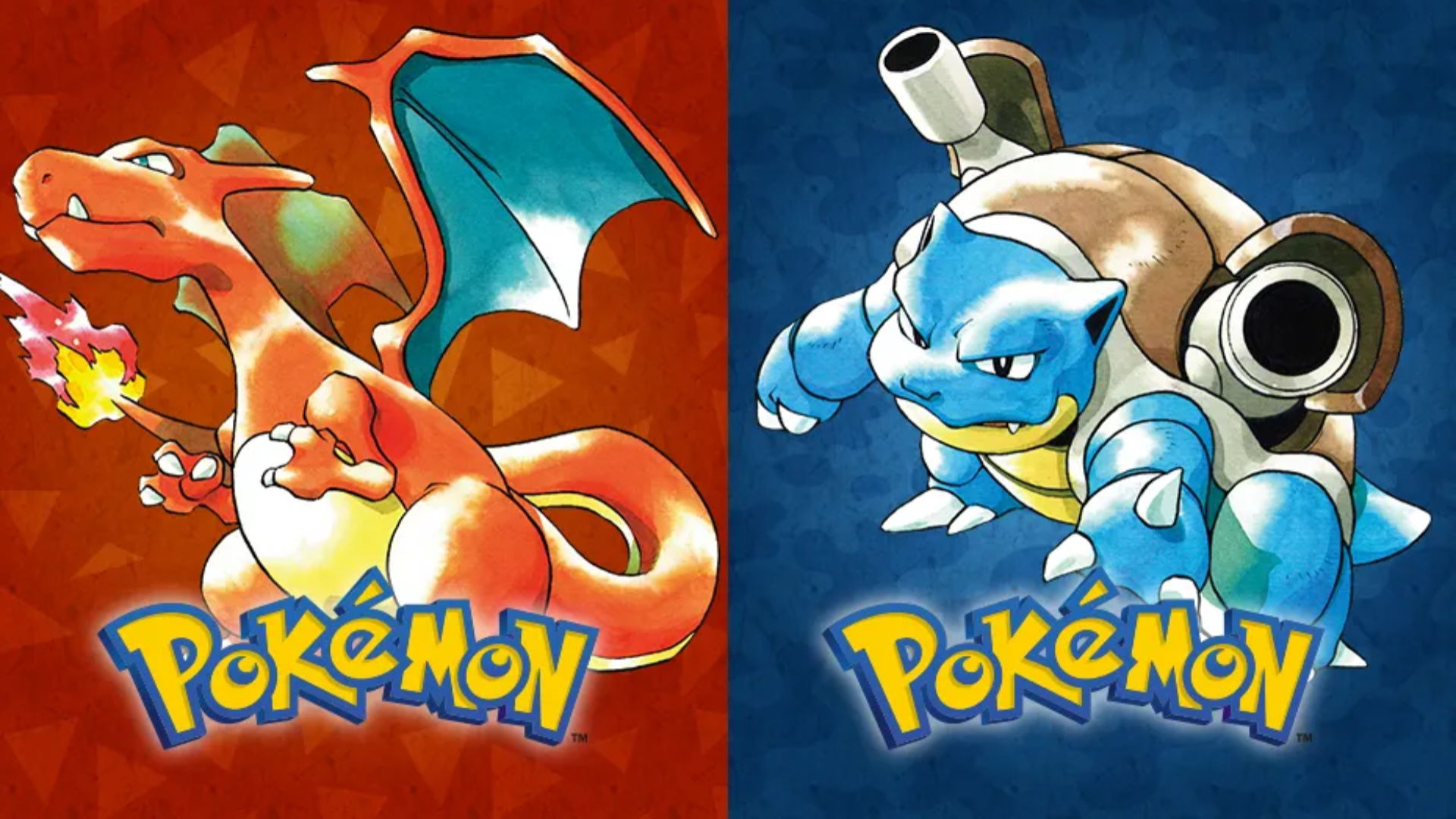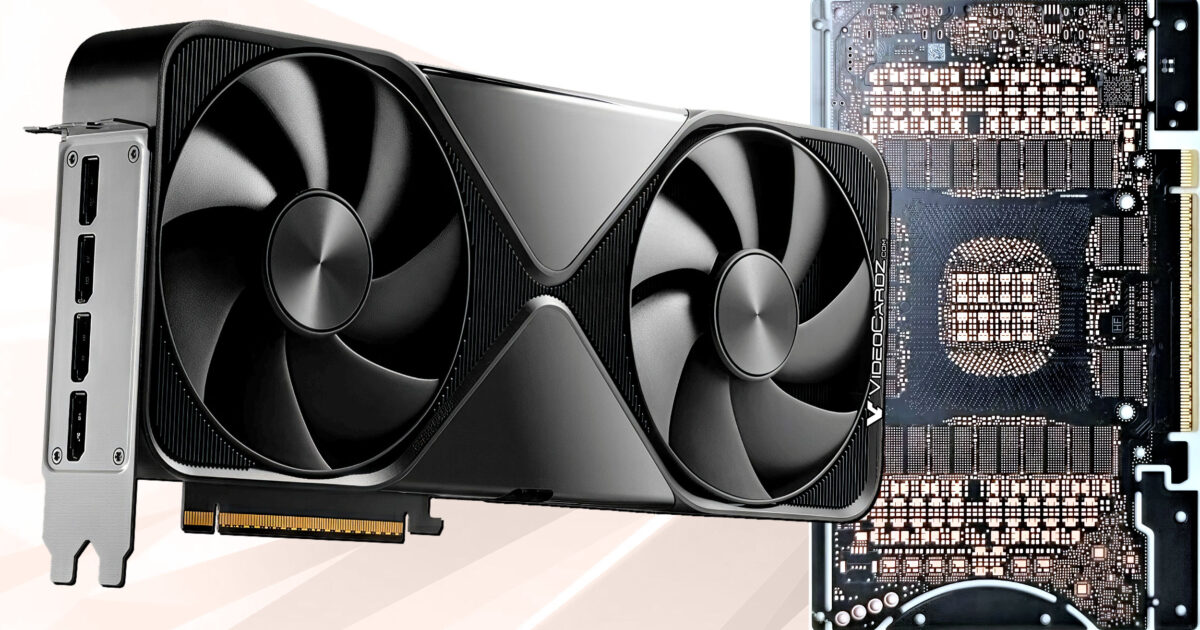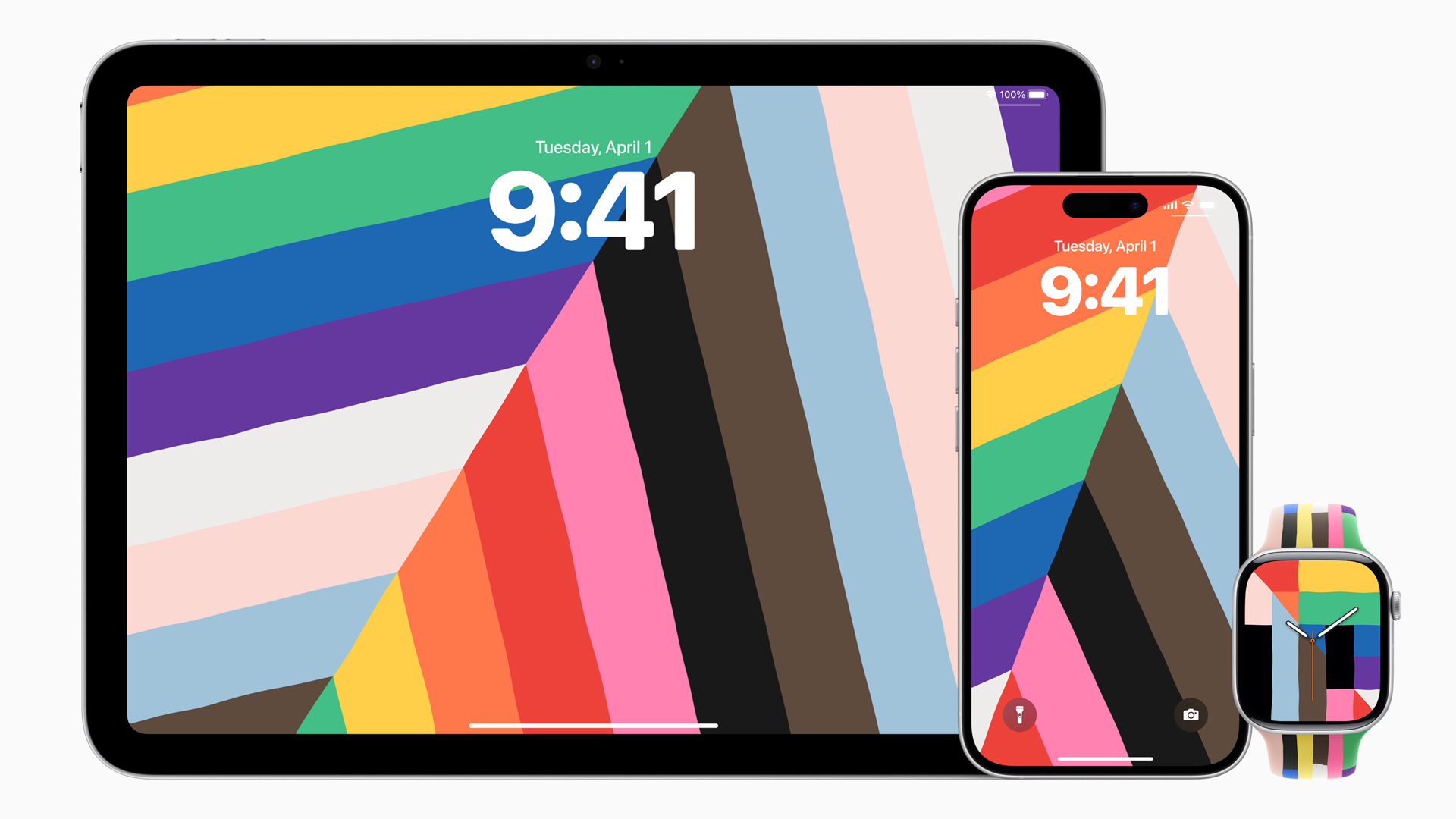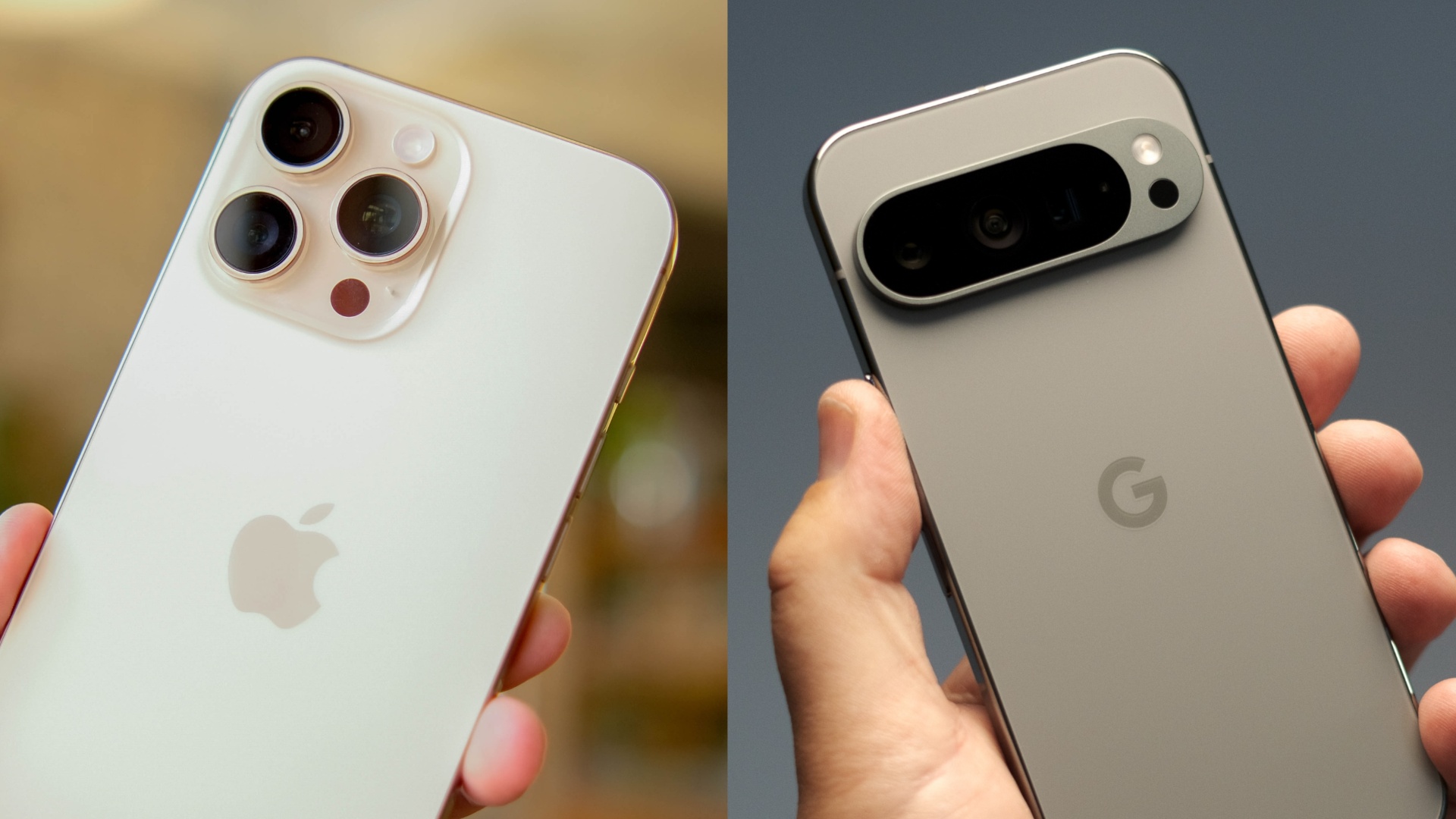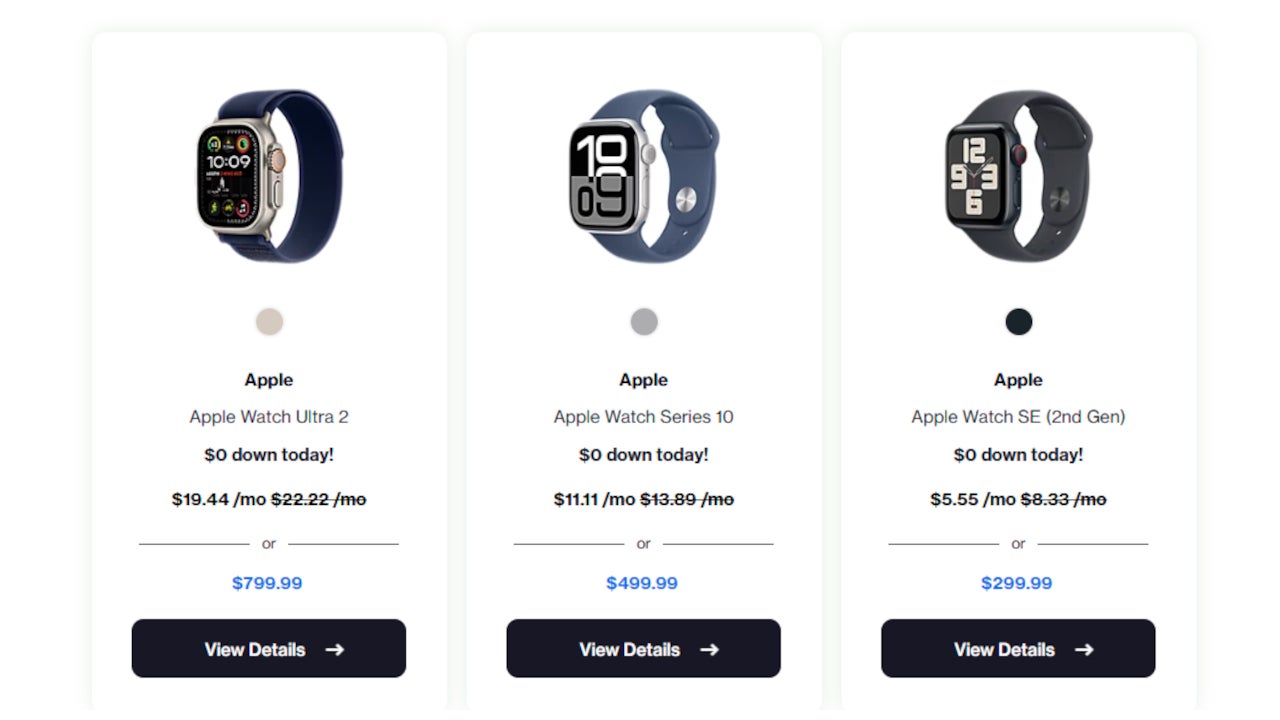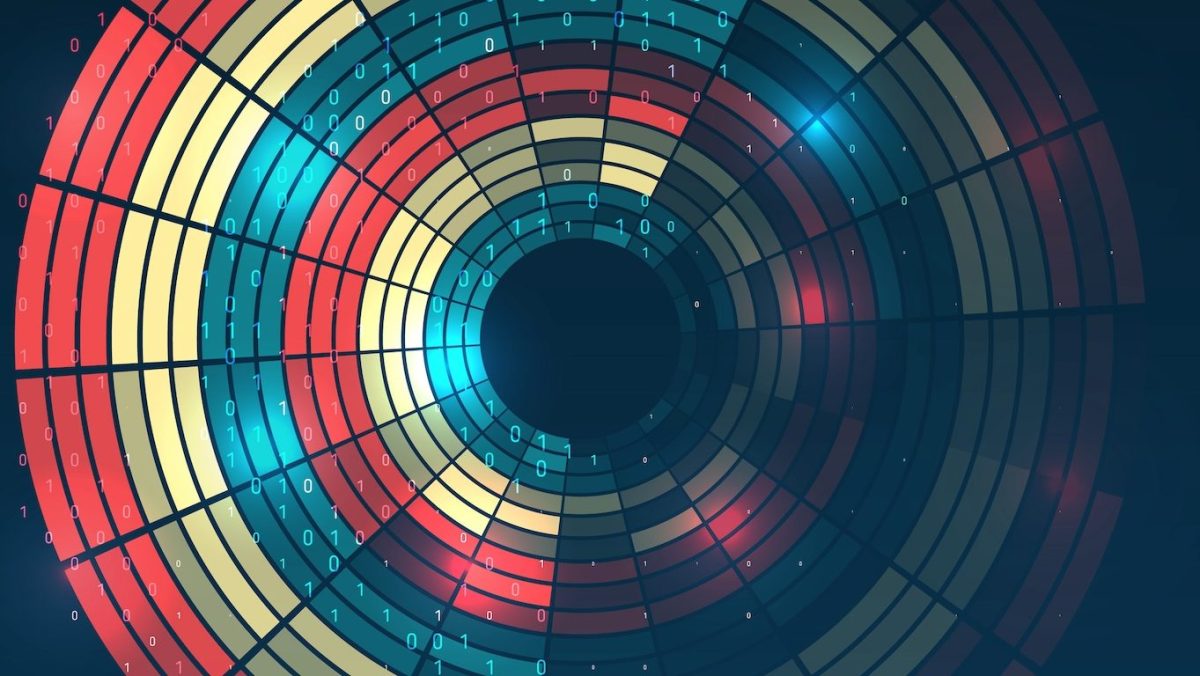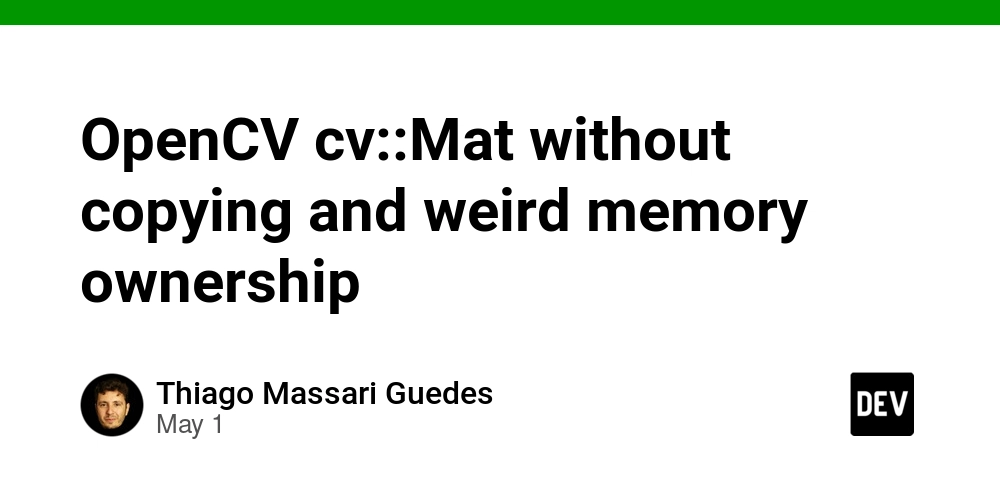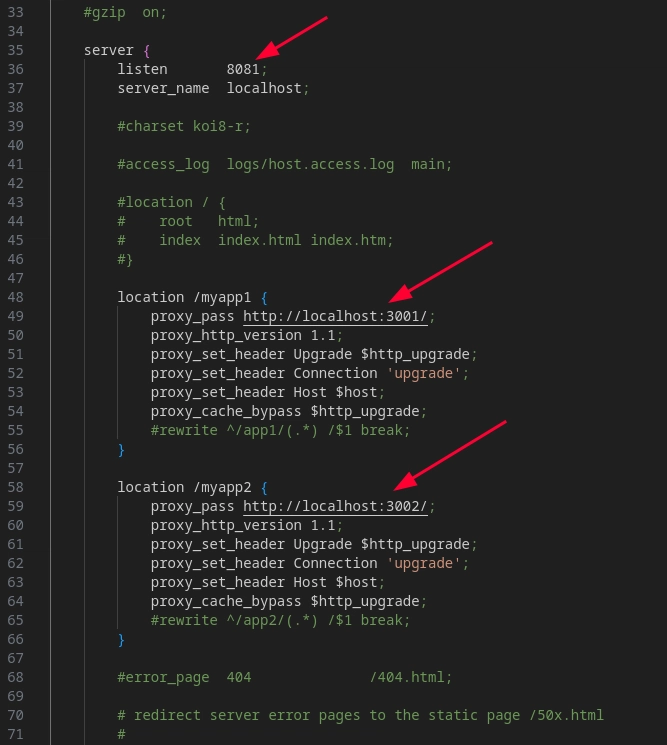Quark’s Outlines: Python Delimiters
Overview, Historical Timeline, Problems & Solutions An Overview of Python Delimiters What is a Python delimiter? When you write Python code, you use symbols to separate, group, or define parts of the program. These symbols are called delimiters. A delimiter does not perform an action like an operator. Instead, it marks structure and boundaries. In writing, you use punctuation to make ideas clear. A comma breaks up items. A period ends a sentence. In Python, delimiters help the interpreter make sense of what comes next. Python uses delimiters to shape the structure of your code. (1 + 2) * 3 ['a', 'b', 'c'] {"key": "value"} x = 7 def f(): pass You use delimiters to build lists, assign values, pass arguments, and group code. Python requires these markers so it can read your program correctly. How do delimiters group and separate parts of a program? When you write a list, call a function, or create a dictionary, you use delimiters to show how items relate. Some delimiters come in pairs: (), [], {}. Others stand alone: :, =, ,, .. Python gives you symbols to show what belongs together. values = [1, 2, 3] if x > 0: print(x) data = {"name": "Ada"} These symbols are fixed in Python. You cannot replace them. If you forget or misplace one, the program will not run. What other symbols act as delimiters inside text? When you work with strings, comments, or escapes, you use characters that shape syntax. Quote marks (', ") define strings. The hash sign # starts a comment. A backslash \ escapes characters or joins lines. Python helps you control text using string and escape characters. "This is a string" 'Another one' "Line with a quote: \"" # This is a comment These are not block-level delimiters, but they change how Python reads characters. They are part of the grammar. What symbols are not allowed in Python code? Printable ASCII characters are not valid in Python syntax. If you type @, $, or ? outside a string or comment, Python will raise a syntax error. Python avoids ambiguous symbols to keep code clean. price = 9.99 # OK cost$ = 5.00 # Error: invalid syntax Python limits the character set for clarity. You can still use these symbols inside string values. A Historical Timeline of Python Delimiters Where do Python’s delimiters come from? Python delimiters began with earlier languages but changed to match Python’s focus on structure and clarity. Each change made it easier to group, slice, or express data. This timeline shows the key steps. People invented ways to group and mark expressions. 1957 — Parentheses for expression grouping IBM FORTRAN used () to group math expressions for better order. 1972 — Block syntax with braces and semicolons C used {} to mark code blocks and ; to end each statement. People designed Python’s first delimiters. 1991 — Colons and indentation blocks Python 0.9.0 grouped code with : and whitespace, not braces. It kept (), [], and {} for expressions, lists, and dictionaries. 2000 — Slicing and comprehension delimiters Python 2.0 expanded use of : and [] for slicing and list comprehension syntax. People expanded what delimiters can show. 2001 — Ellipsis ... for extended slicing Python 2.2 gave ... meaning in slice expressions and placeholders. 2006 — Decorator marker @ Python 2.5 added @ to apply function wrappers clearly and concisely. People stopped adding new delimiters. 2018 — No new delimiters added Python 3.8 kept delimiter rules stable to protect code clarity. 2025 — Minimal symbols by design Python maintainers avoided new delimiters to keep the language simple to read. Problems & Solutions with Python Delimiters How do you use Python delimiters the right way? Problem 1: Making a list of things Problem: You want to keep a list of groceries to buy without forgetting items. Solution: Use square brackets [] delimeters and commas , delimeters to store them in a list. Python helps you organize lists with brackets and commas. groceries = ["milk", "bread", "eggs"] print(groceries) Problem 2: Creating key-value pairs Problem: You want to store details about a person, like name and age. Solution: Use {} and : decimeters to create a dictionary. Python uses braces and colons to describe relationships. person = {"name": "Ada", "age": 36} print(person["name"]) Problem 3: Naming something Problem: You want to assign someone’s name to a label you can use later. Solution: Use the = delimiter to assign a value to a name. Python lets you use = to store values with a name. name = "Ada" print("Hello", name) Problem 4: Conditional structure Problem: You want to write rules that change what happens based on a condition. Solution: Use a colon : delimiter to start a block that runs only when the condition is true. Python gives you colons
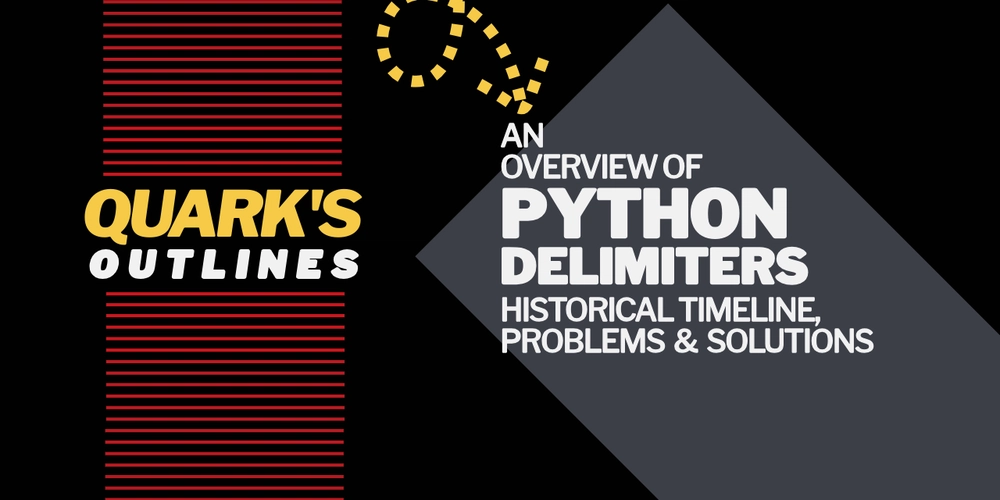
Overview, Historical Timeline, Problems & Solutions
An Overview of Python Delimiters
What is a Python delimiter?
When you write Python code, you use symbols to separate, group, or define parts of the program. These symbols are called delimiters. A delimiter does not perform an action like an operator. Instead, it marks structure and boundaries.
In writing, you use punctuation to make ideas clear. A comma breaks up items. A period ends a sentence. In Python, delimiters help the interpreter make sense of what comes next.
Python uses delimiters to shape the structure of your code.
(1 + 2) * 3
['a', 'b', 'c']
{"key": "value"}
x = 7
def f(): pass
You use delimiters to build lists, assign values, pass arguments, and group code. Python requires these markers so it can read your program correctly.
How do delimiters group and separate parts of a program?
When you write a list, call a function, or create a dictionary, you use delimiters to show how items relate. Some delimiters come in pairs: (), [], {}. Others stand alone: :, =, ,, ..
Python gives you symbols to show what belongs together.
values = [1, 2, 3]
if x > 0:
print(x)
data = {"name": "Ada"}
These symbols are fixed in Python. You cannot replace them. If you forget or misplace one, the program will not run.
What other symbols act as delimiters inside text?
When you work with strings, comments, or escapes, you use characters that shape syntax. Quote marks (', ") define strings. The hash sign # starts a comment. A backslash \ escapes characters or joins lines.
Python helps you control text using string and escape characters.
"This is a string"
'Another one'
"Line with a quote: \""
# This is a comment
These are not block-level delimiters, but they change how Python reads characters. They are part of the grammar.
What symbols are not allowed in Python code?
Printable ASCII characters are not valid in Python syntax. If you type @, $, or ? outside a string or comment, Python will raise a syntax error.
Python avoids ambiguous symbols to keep code clean.
price = 9.99 # OK
cost$ = 5.00 # Error: invalid syntax
Python limits the character set for clarity. You can still use these symbols inside string values.
A Historical Timeline of Python Delimiters
Where do Python’s delimiters come from?
Python delimiters began with earlier languages but changed to match Python’s focus on structure and clarity. Each change made it easier to group, slice, or express data. This timeline shows the key steps.
People invented ways to group and mark expressions.
1957 — Parentheses for expression grouping IBM FORTRAN used () to group math expressions for better order.
1972 — Block syntax with braces and semicolons C used {} to mark code blocks and ; to end each statement.
People designed Python’s first delimiters.
1991 — Colons and indentation blocks Python 0.9.0 grouped code with : and whitespace, not braces. It kept (), [], and {} for expressions, lists, and dictionaries.
2000 — Slicing and comprehension delimiters Python 2.0 expanded use of : and [] for slicing and list comprehension syntax.
People expanded what delimiters can show.
2001 — Ellipsis ... for extended slicing Python 2.2 gave ... meaning in slice expressions and placeholders.
2006 — Decorator marker @ Python 2.5 added @ to apply function wrappers clearly and concisely.
People stopped adding new delimiters.
2018 — No new delimiters added Python 3.8 kept delimiter rules stable to protect code clarity.
2025 — Minimal symbols by design Python maintainers avoided new delimiters to keep the language simple to read.
Problems & Solutions with Python Delimiters
How do you use Python delimiters the right way?
Problem 1: Making a list of things
Problem: You want to keep a list of groceries to buy without forgetting items.
Solution: Use square brackets [] delimeters and commas , delimeters to store them in a list.
Python helps you organize lists with brackets and commas.
groceries = ["milk", "bread", "eggs"]
print(groceries)
Problem 2: Creating key-value pairs
Problem: You want to store details about a person, like name and age.
Solution: Use {} and : decimeters to create a dictionary.
Python uses braces and colons to describe relationships.
person = {"name": "Ada", "age": 36}
print(person["name"])
Problem 3: Naming something
Problem: You want to assign someone’s name to a label you can use later.
Solution: Use the = delimiter to assign a value to a name.
Python lets you use = to store values with a name.
name = "Ada"
print("Hello", name)
Problem 4: Conditional structure
Problem: You want to write rules that change what happens based on a condition.
Solution: Use a colon : delimiter to start a block that runs only when the condition is true.
Python gives you colons to define when a block starts.
age = 20
if age >= 18:
print("Adult")
Like, Comment, Share, and Subscribe
Did you find this helpful? Let me know by clicking the like button below. I'd love to hear your thoughts in the comments, too! If you want to see more content like this, don't forget to subscribe to my channel. Thanks for reading!
Mike Vincent is an American software engineer and writer based in Los Angeles. Mike writes about technology leadership and holds degrees in Linguistics and Industrial Automation. More about Mike Vincent






































































































































































![[The AI Show Episode 145]: OpenAI Releases o3 and o4-mini, AI Is Causing “Quiet Layoffs,” Executive Order on Youth AI Education & GPT-4o’s Controversial Update](https://www.marketingaiinstitute.com/hubfs/ep%20145%20cover.png)















































































































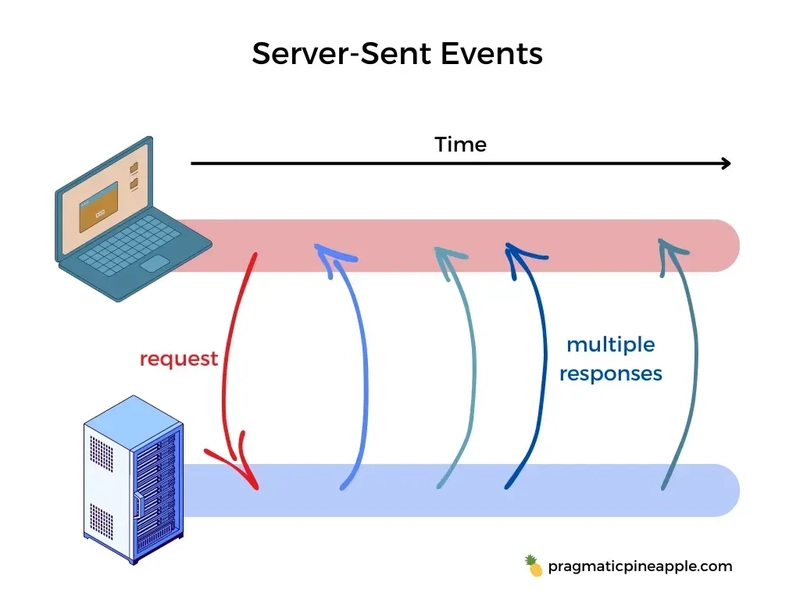












































































































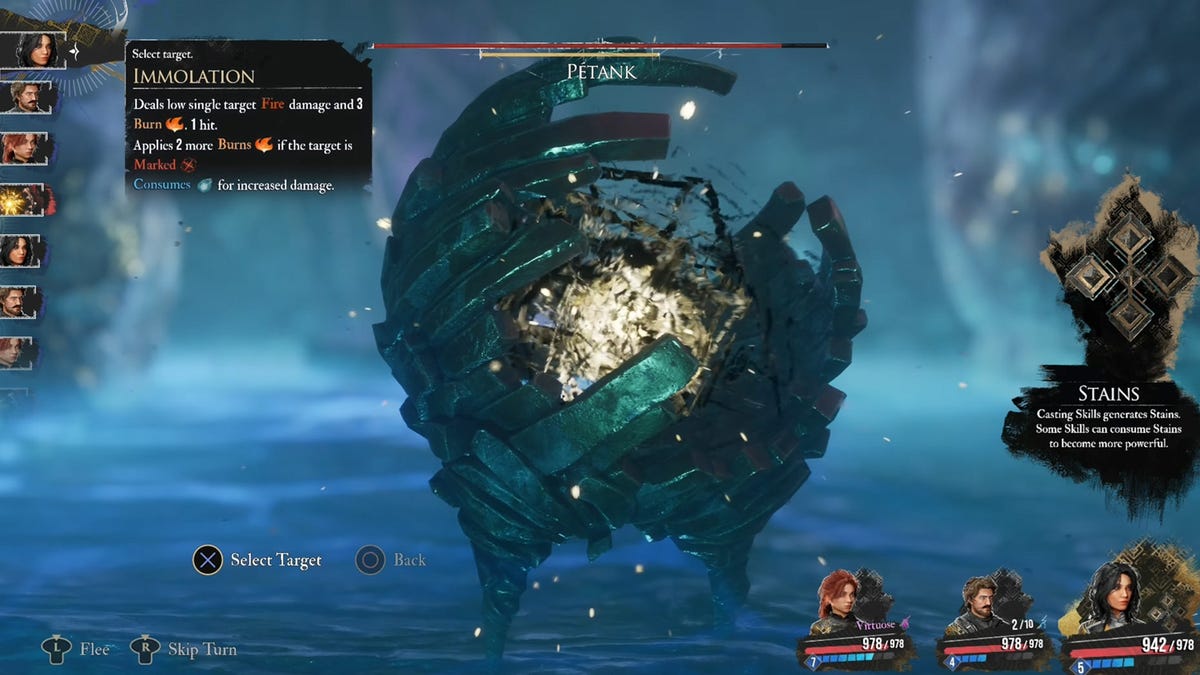














































_Inge_Johnsson-Alamy.jpg?width=1280&auto=webp&quality=80&disable=upscale#)





































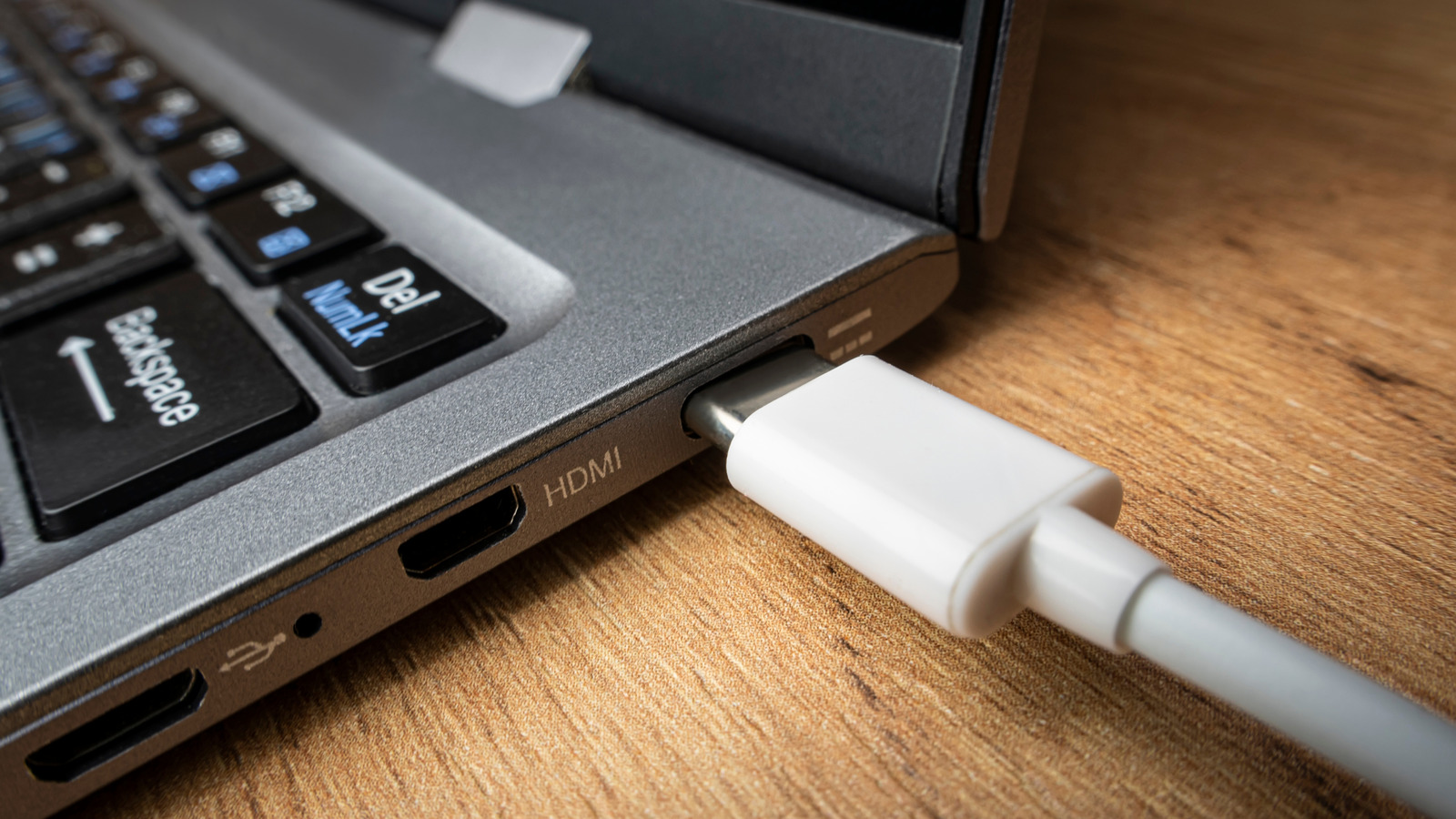
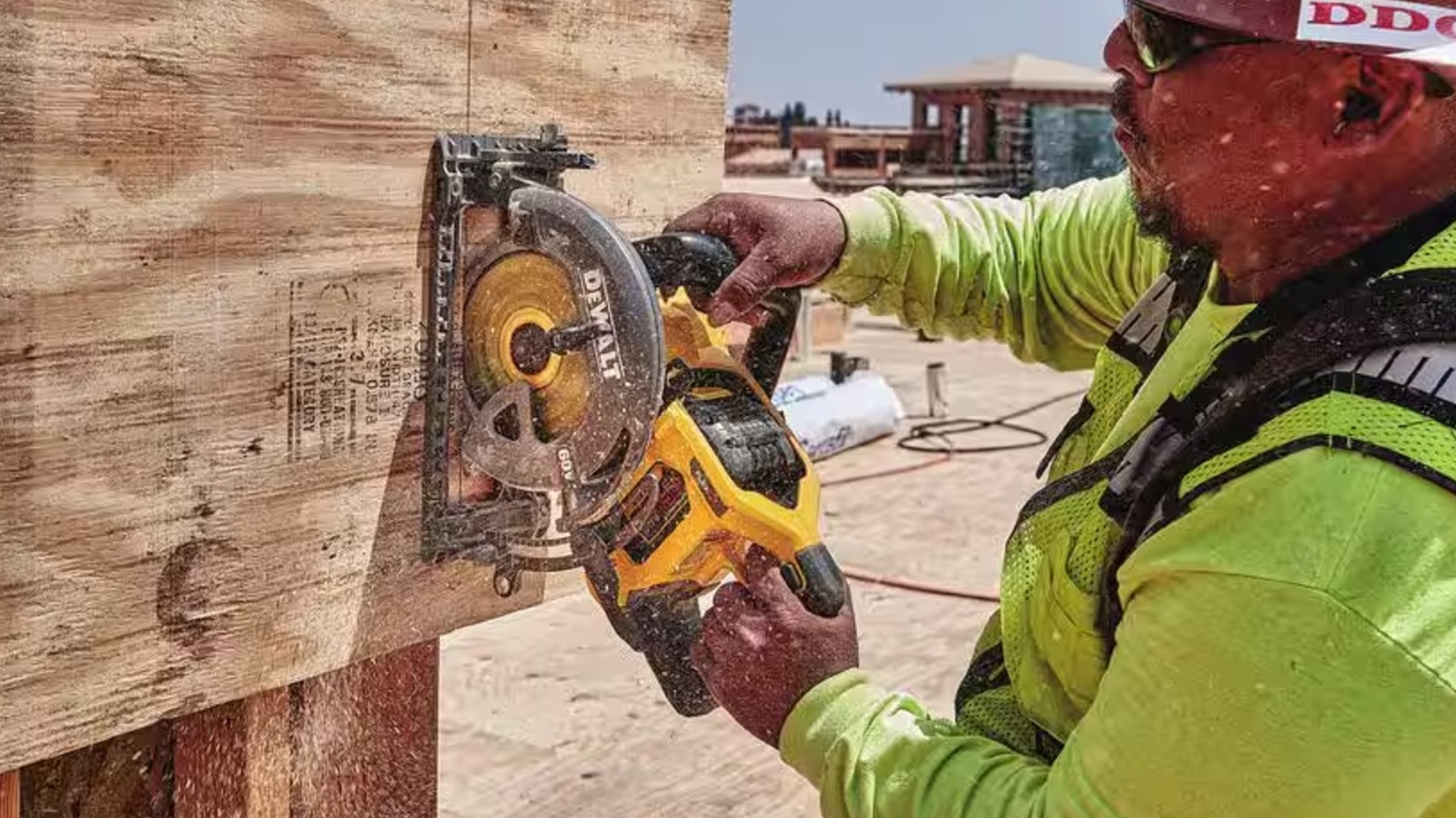

































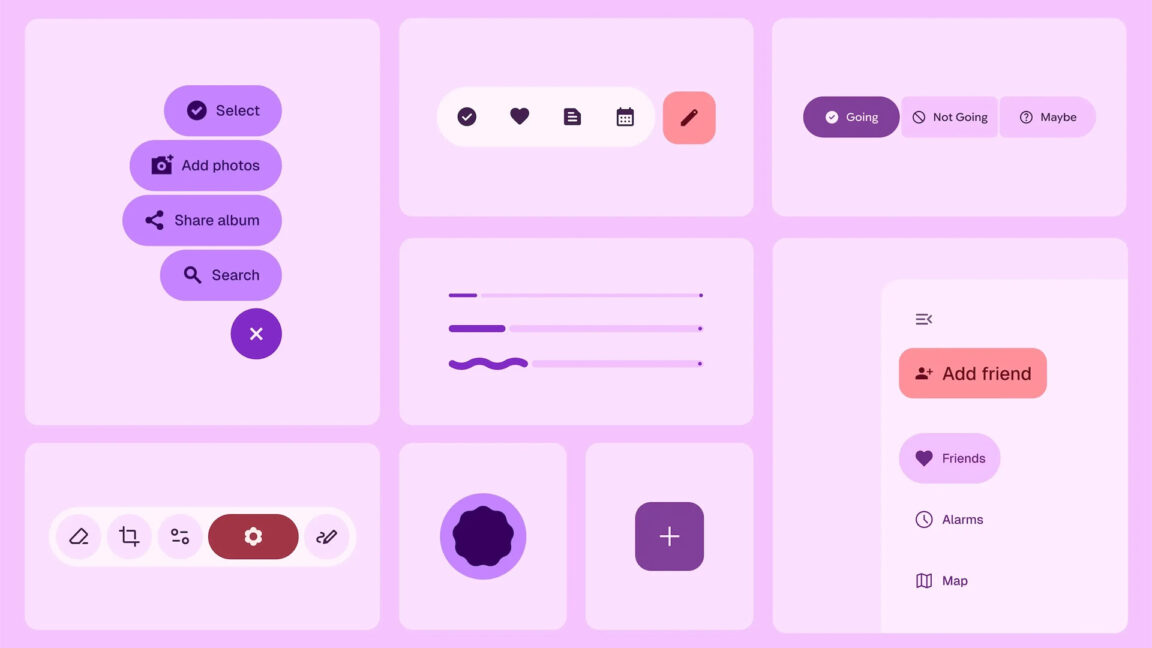
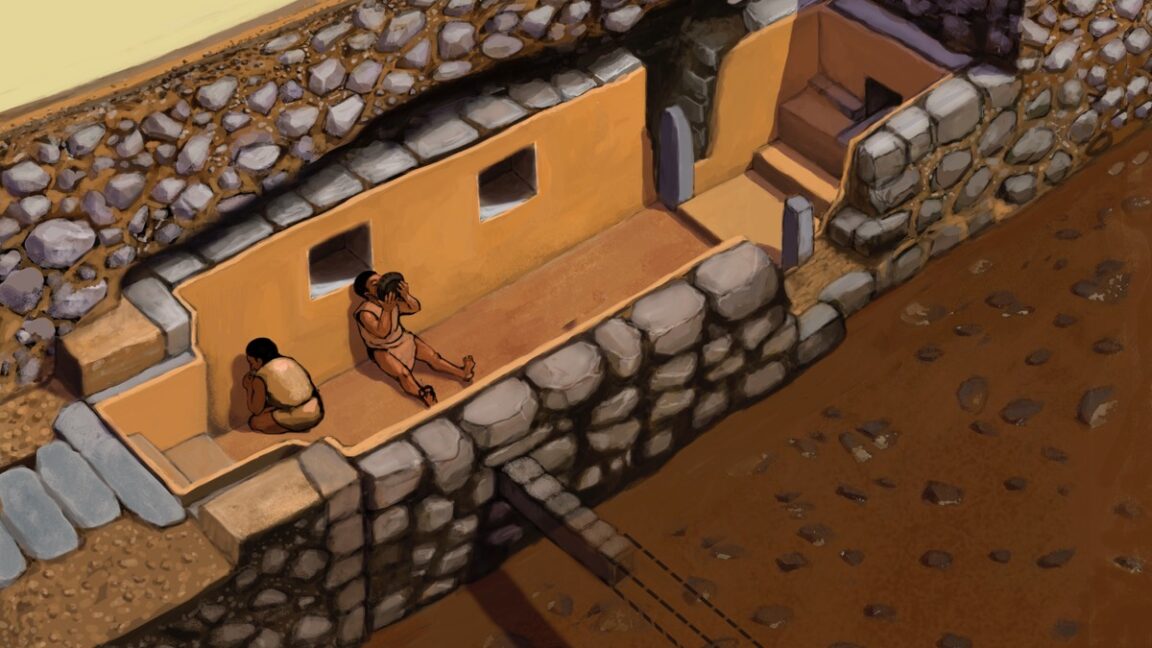




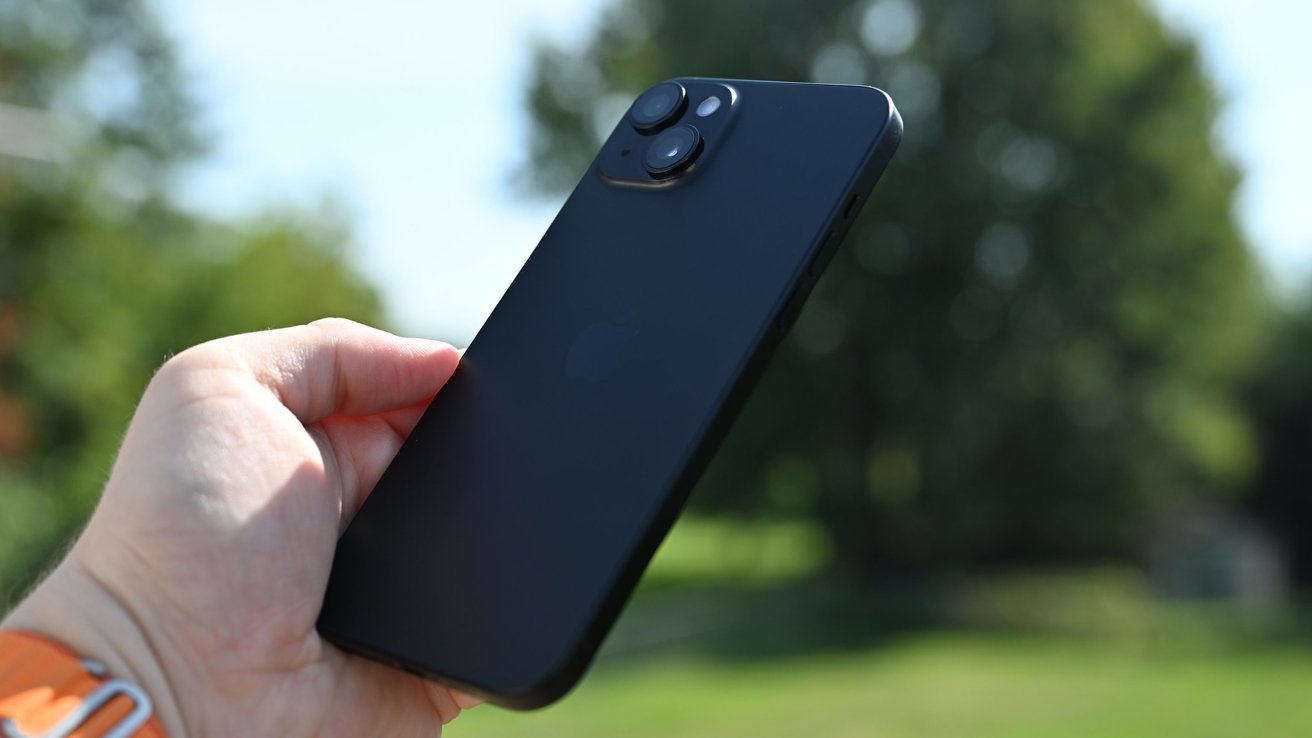
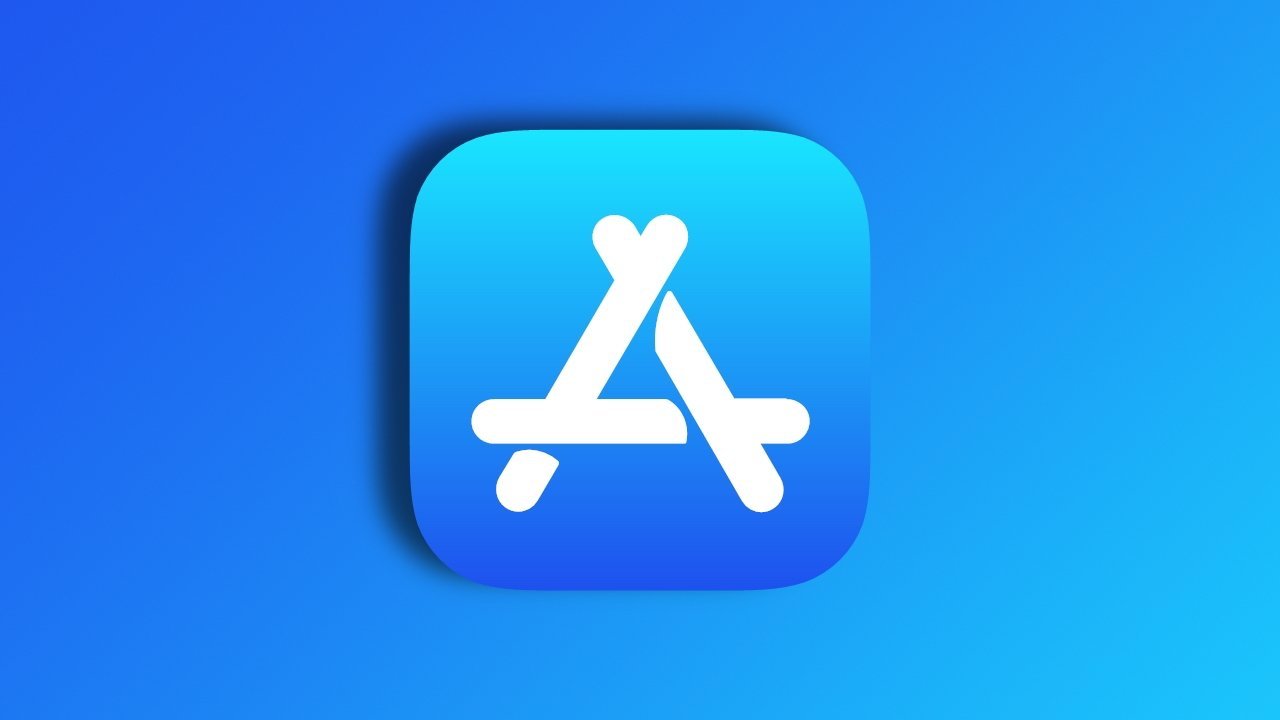



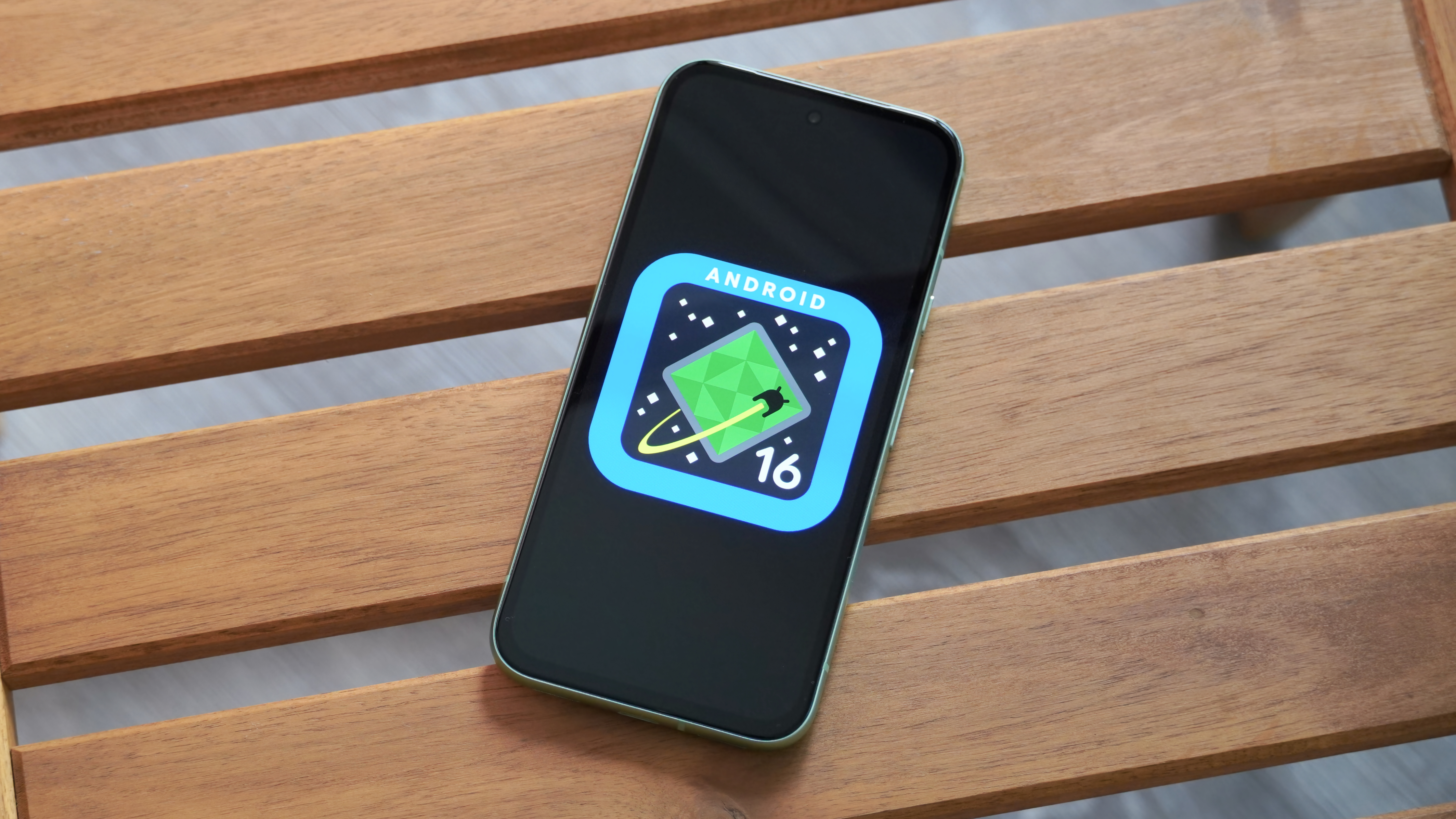
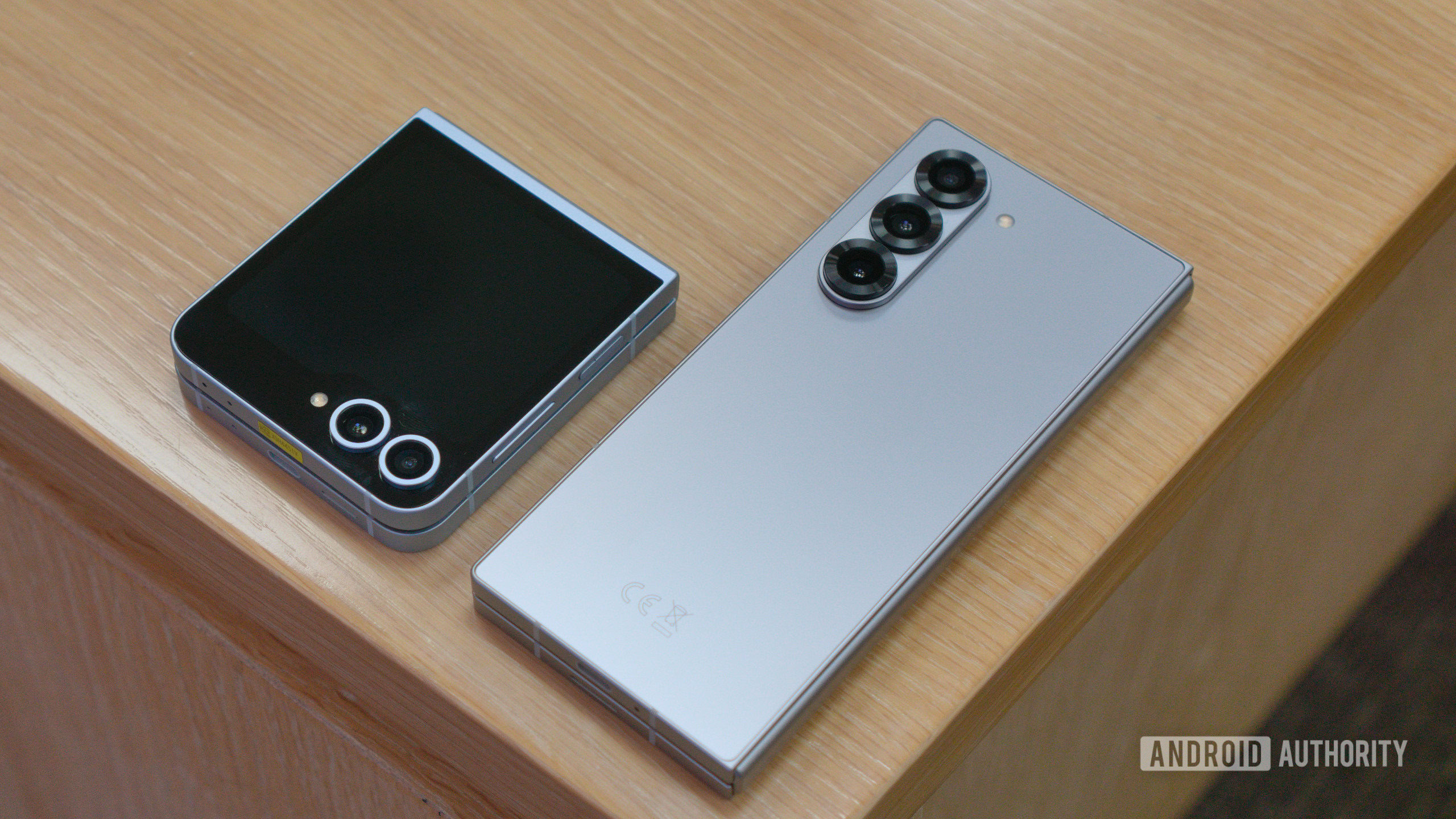

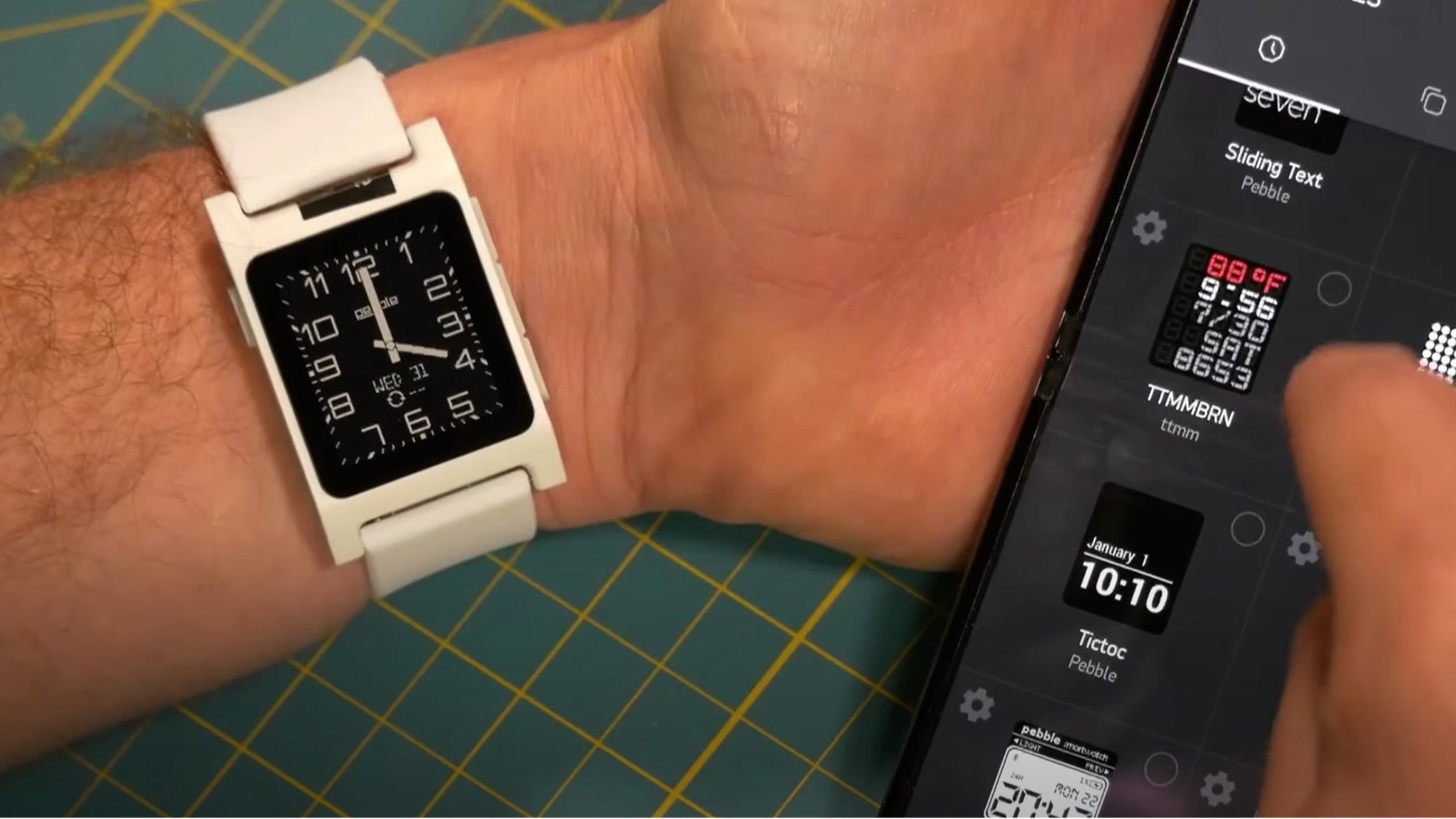



![Turn any iPad into a gaming display with this one simple trick [Video]](https://i0.wp.com/9to5mac.com/wp-content/uploads/sites/6/2025/05/iPad-as-console-FI.jpg?resize=1200%2C628&quality=82&strip=all&ssl=1)















![Apple Shares Official Teaser for 'Highest 2 Lowest' Starring Denzel Washington [Video]](https://www.iclarified.com/images/news/97221/97221/97221-640.jpg)

![Under-Display Face ID Coming to iPhone 18 Pro and Pro Max [Rumor]](https://www.iclarified.com/images/news/97215/97215/97215-640.jpg)
![New Powerbeats Pro 2 Wireless Earbuds On Sale for $199.95 [Lowest Price Ever]](https://www.iclarified.com/images/news/97217/97217/97217-640.jpg)















